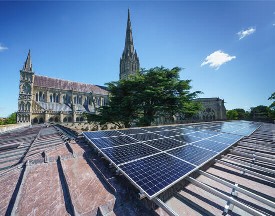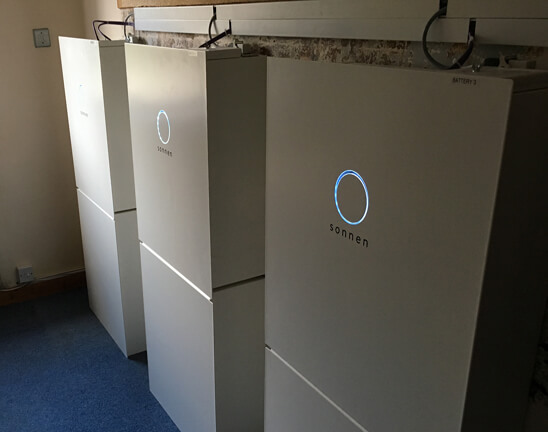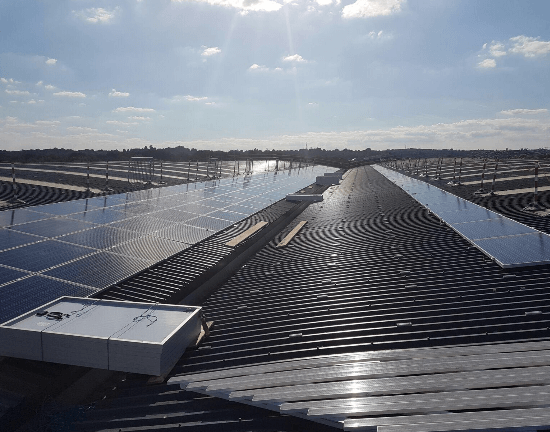Deerhurst Care Home – Powering care 24/7
Project Highlights
- Saving Deerhurst Care Home £9,200 a year on their energy bills
- 100.57 kWp installed
- 226 JA Solar 445W modules and a fully optimised SolarEdge system
- Estimated annual generation of 84,865 kWh
- Estimated carbon saving of 17.57 tonnes per year
- Three more rooftop arrays to come on other Brunelcare buildings.
Background
Deerhurst Care Home is an award-winning facility, providing the highest levels of nursing and dementia care for its 66 live-in residents and ten day-care residents.
As well as nursing, Deerhurst also provides entertainment for residents including musical performances, an art club, toddler group, and many other events.
Powering care 24/7
Care of this kind requires significant electricity, with a TV and nurse call system in each room, building lifts and charging for laptops and other equipment, so we were delighted to have the opportunity to design and install solar for Deerhurst, working with Bristol Energy Co-operative and Brunelcare.
The kit
We’ve installed a 100.57kWp system, including 226 JA Solar 445W modules and a fully optimised SolarEdge system. As well as a best-in-class warranty and high efficiency panels, JA Solar have a comprehensive badged, integrated, traceable system, recognising the importance of a responsible supply chain, so their panels were the perfect choice.
Generation and savings
Our estimated annual generation is 84,865.08kWh and the installation will provide an estimated carbon saving of 17.57 tonnes per year.
All power from the panels will help to run the building, providing energy bill savings of around £9,200 per year. Any excess will be exported to the grid.
Reaction
Site Manager, Lesley Hobbs, commented: “I didn’t know about community energy until work started here. I didn’t know that the solar panels were benefiting the community. It’s great that we’re having things that are going to improve the environment too.”
Joju Solar’s Project Manager, Oliver Sadowski, said: It’s been fantastic working with Bristol Energy Co-operative and Brunelcare to bring solar to Deerhurst Care Home. We look forward to seeing the difference it will make to their energy bills, as well as reducing carbon. We’re looking forward to getting started on future installations on other Brunelcare buildings too”.
Future plans
Three more rooftop solar arrays are planned on Brunelcare buildings, with the four sites totalling a combined 543 kWp.
The projects are part of Bristol Energy Cooperative’s South West Local Solar Scheme, which aims to install 2 megawatts of rooftop solar capacity across the West of England by 2025. The scheme is funded through a £500,000 grant from the West of England Mayoral Combined Authority’s Green Recovery Fund.
Further reading
- Discover more about community energy
- Find out more about solar benefitting the community in North Lincolnshire
- Find out more about solar benefitting the community in Hampshire
- Contact us to help with your solar project












